In his review, Michael Mills takes an in-depth look at the Crucial Concealment Universal Light Holster, a Kydex-made universal holster designed for concealed carry and retention using a mounted light. Mills, who has years of experience with Crucial Concealment products, notes that this particular holster introduces innovative features within its ambidextrous design for inside-the-waistband carry. He explores its compatibility with various light models, like the Streamlight TLR-1, Streamlight TLR-7, and SureFire X300, while assessing the quality and retention capabilities of the design. The high-quality, U.S.-made holsters are crafted to provide consumers with excellent value.
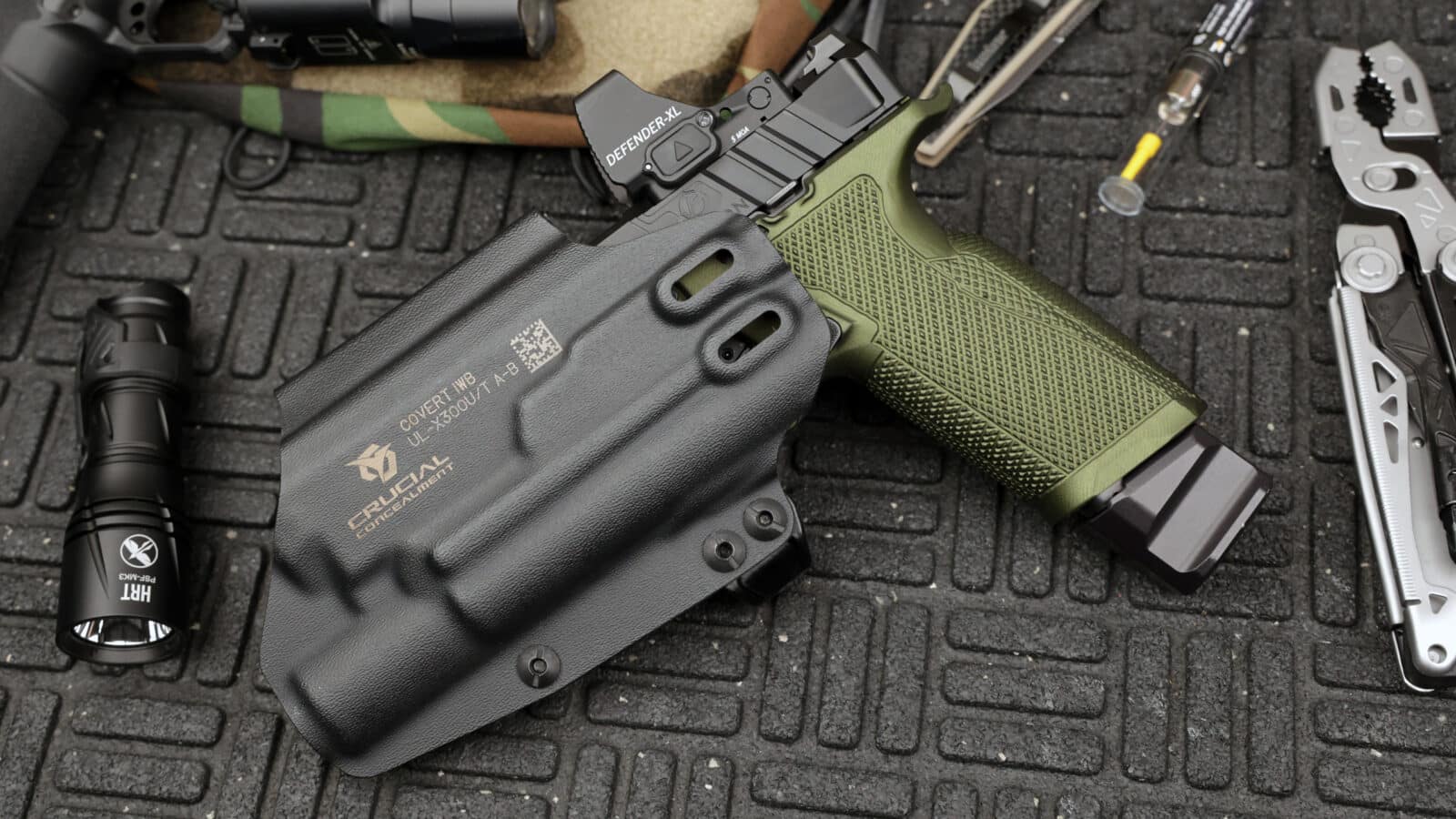
Mills highlights how the holster's design allows for solid retention and concealability with its unique belt clip and adjustable friction retention shim. He emphasizes the durable Kydex construction, efficient concealment achieved through the integrated "kickstand," and smooth draw facilitated by a secure grip on the belt. The holster's adjustable shim allows users to accommodate various pistol frames without compromising fit and retention. Mills commends Crucial Concealment for maintaining its reputation of high value by pricing this versatile holster at an MSRP of $69 USD, thus offering a competitive option for a broad range of handgun models equipped with popular tactical lights.
The review concludes by considering the holster's comfort and flexibility in everyday use, especially for common carry positions like appendix and 3 o'clock. Mills further appreciates the thoughtful design choices, such as its ambidextrous capabilities and adjustable features catering to personalized fit and draw preferences. He assesses the holster's potential to handle multiple pistol sizes while retaining its bespoke feel, attributing this to the innovative shim design. Ultimately, the Crucial Concealment Universal Light Holster is recommended as a high-quality, cost-effective choice for users seeking adaptability in a concealed carry option.
For more detailed insights, check out the full article: Crucial Concealment Universal Light Holster Review - The Armory Life
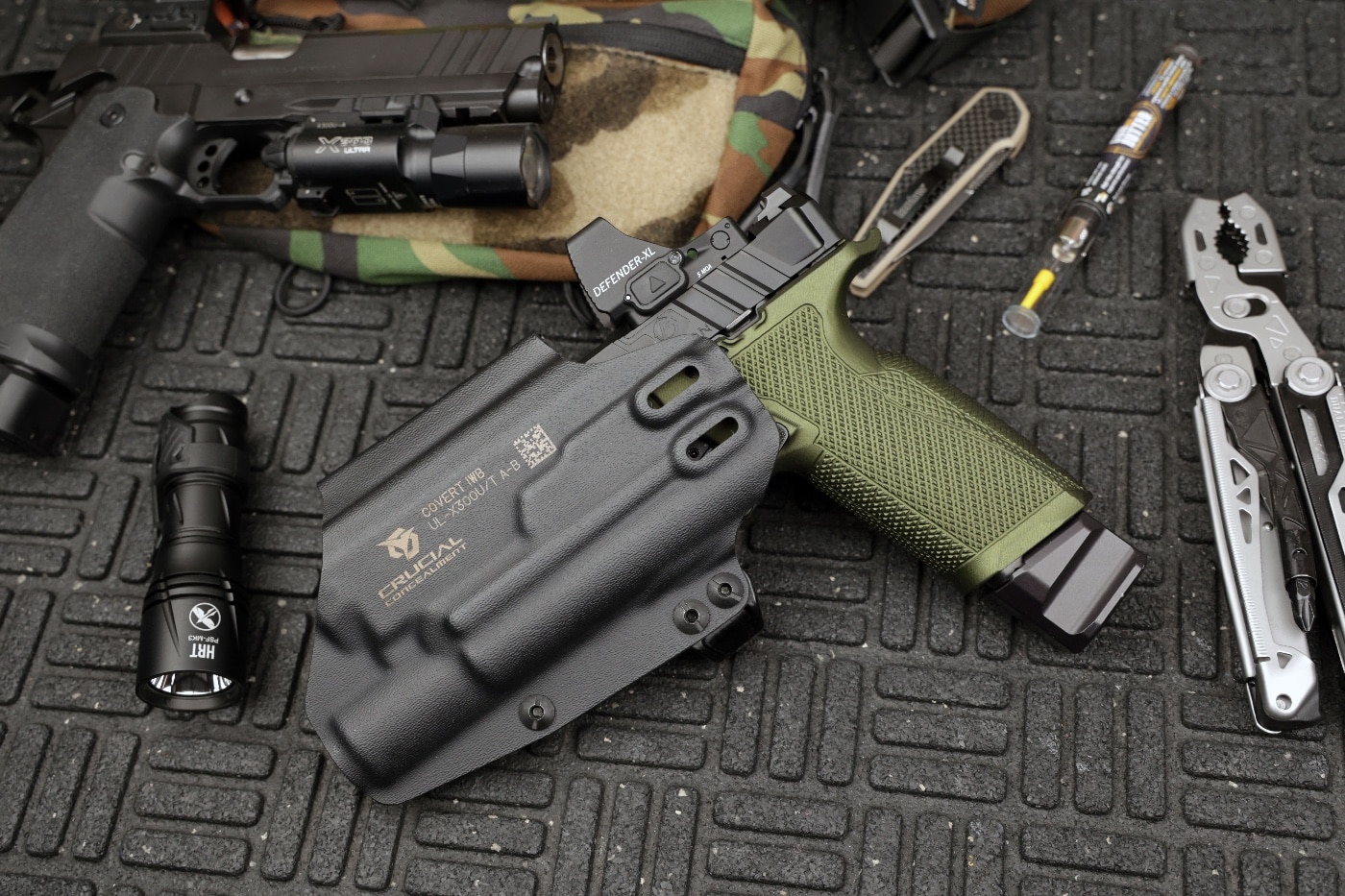

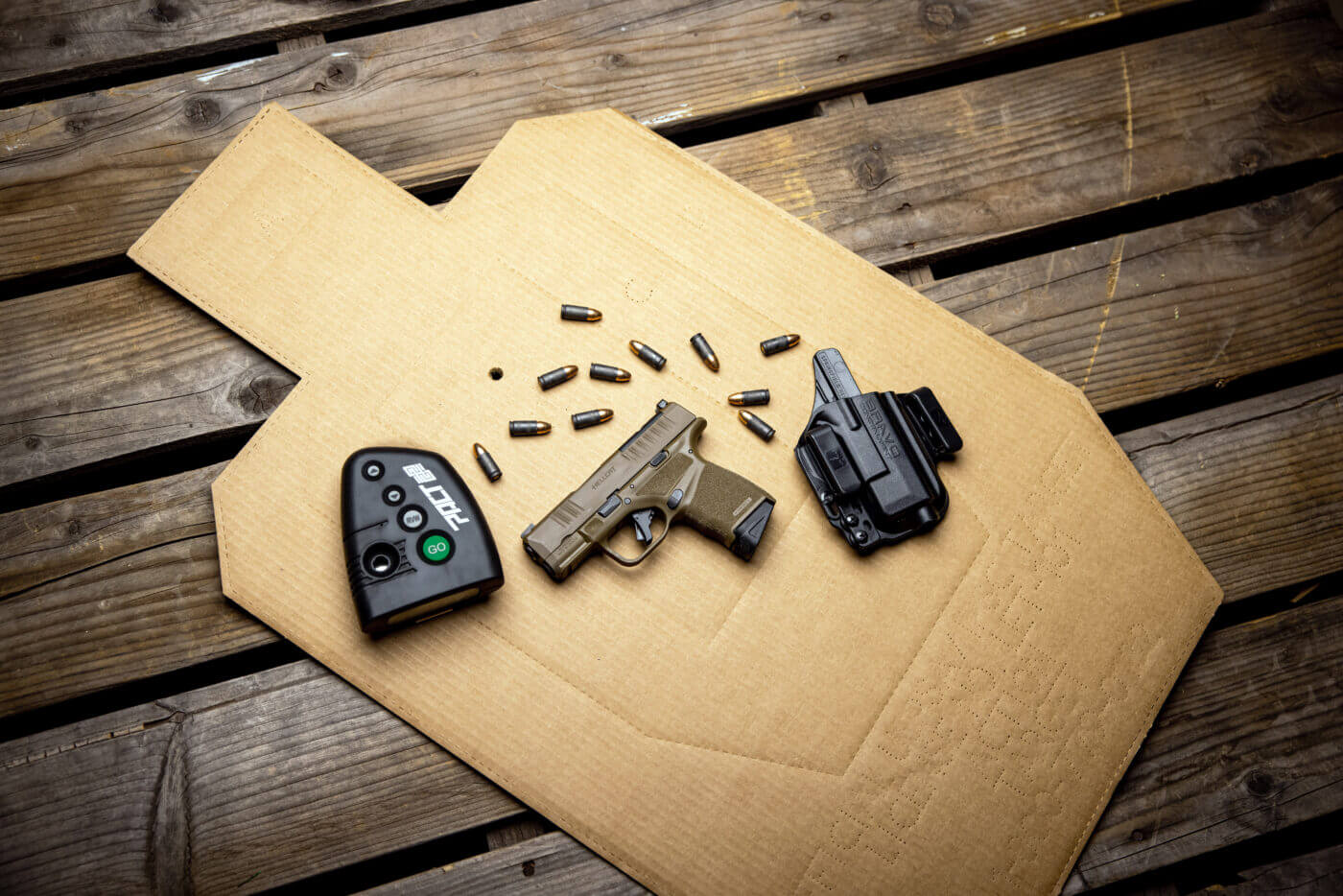
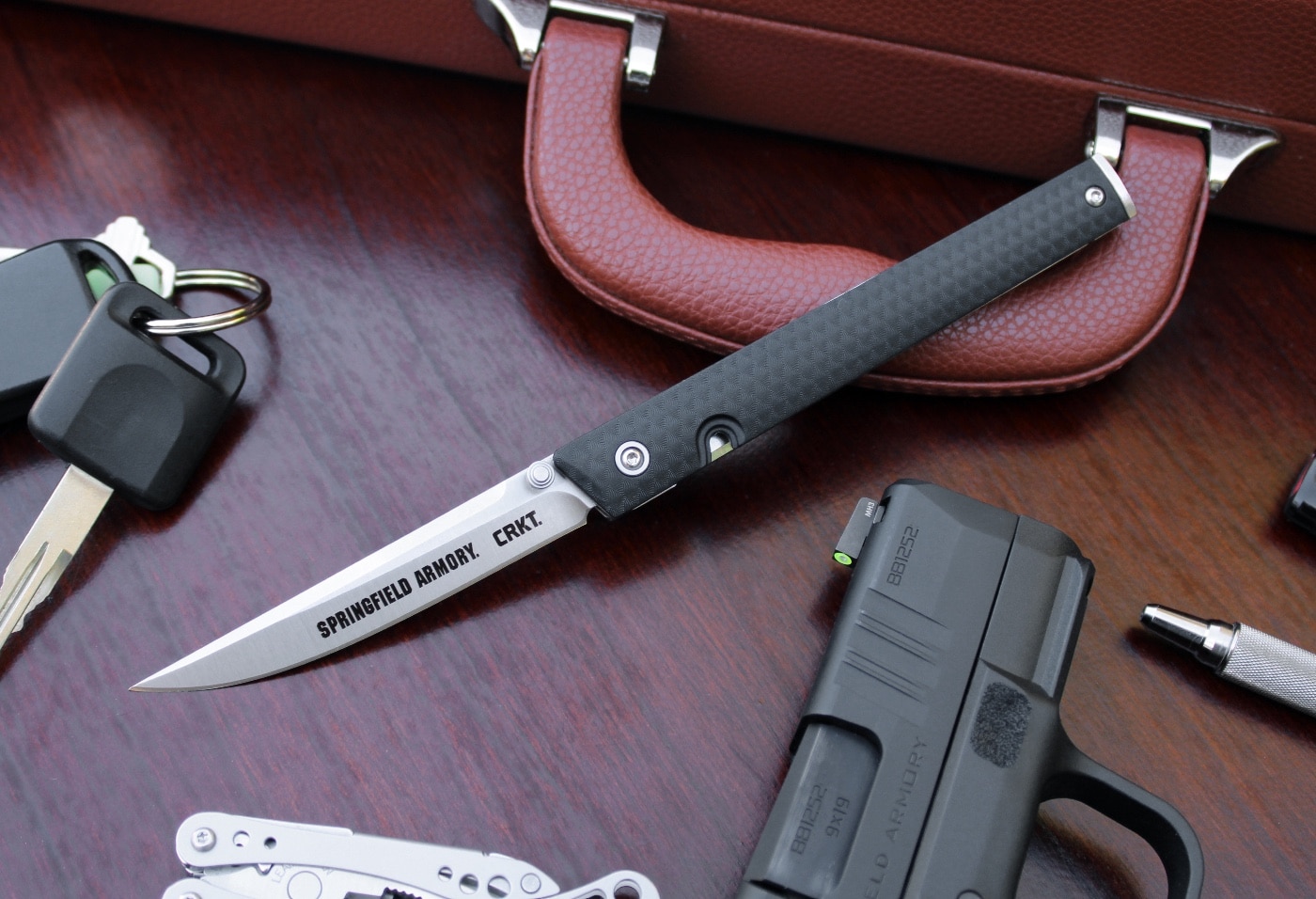
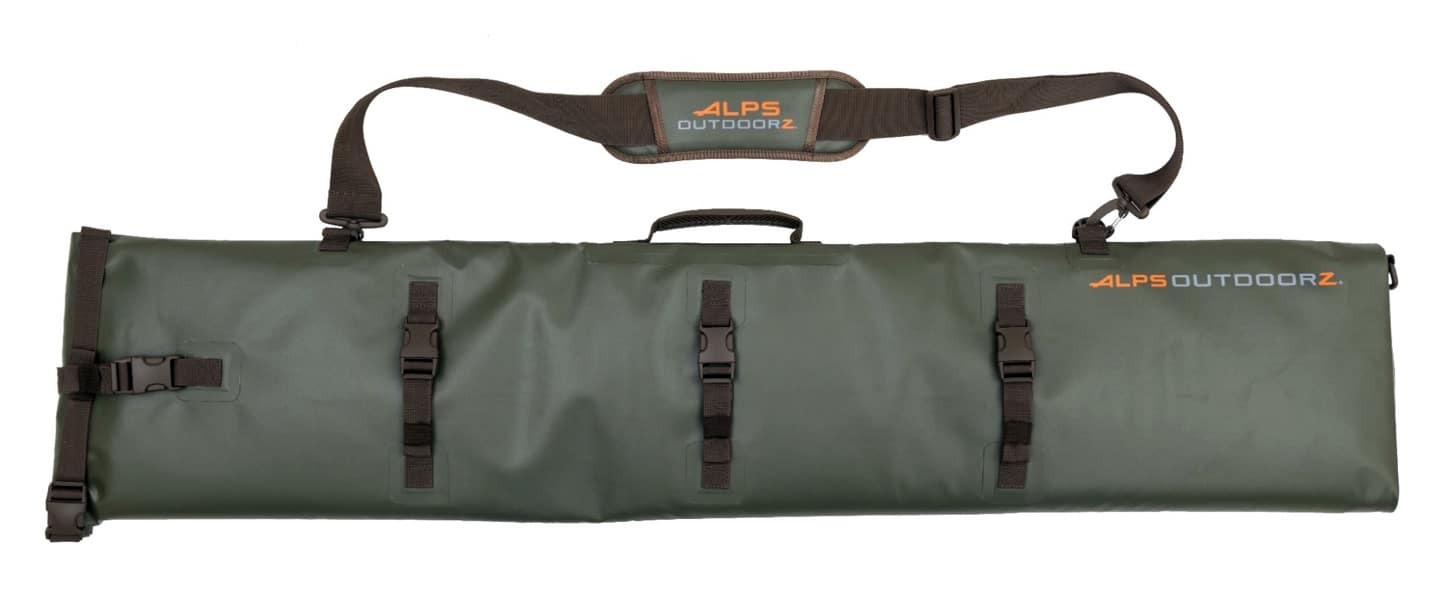
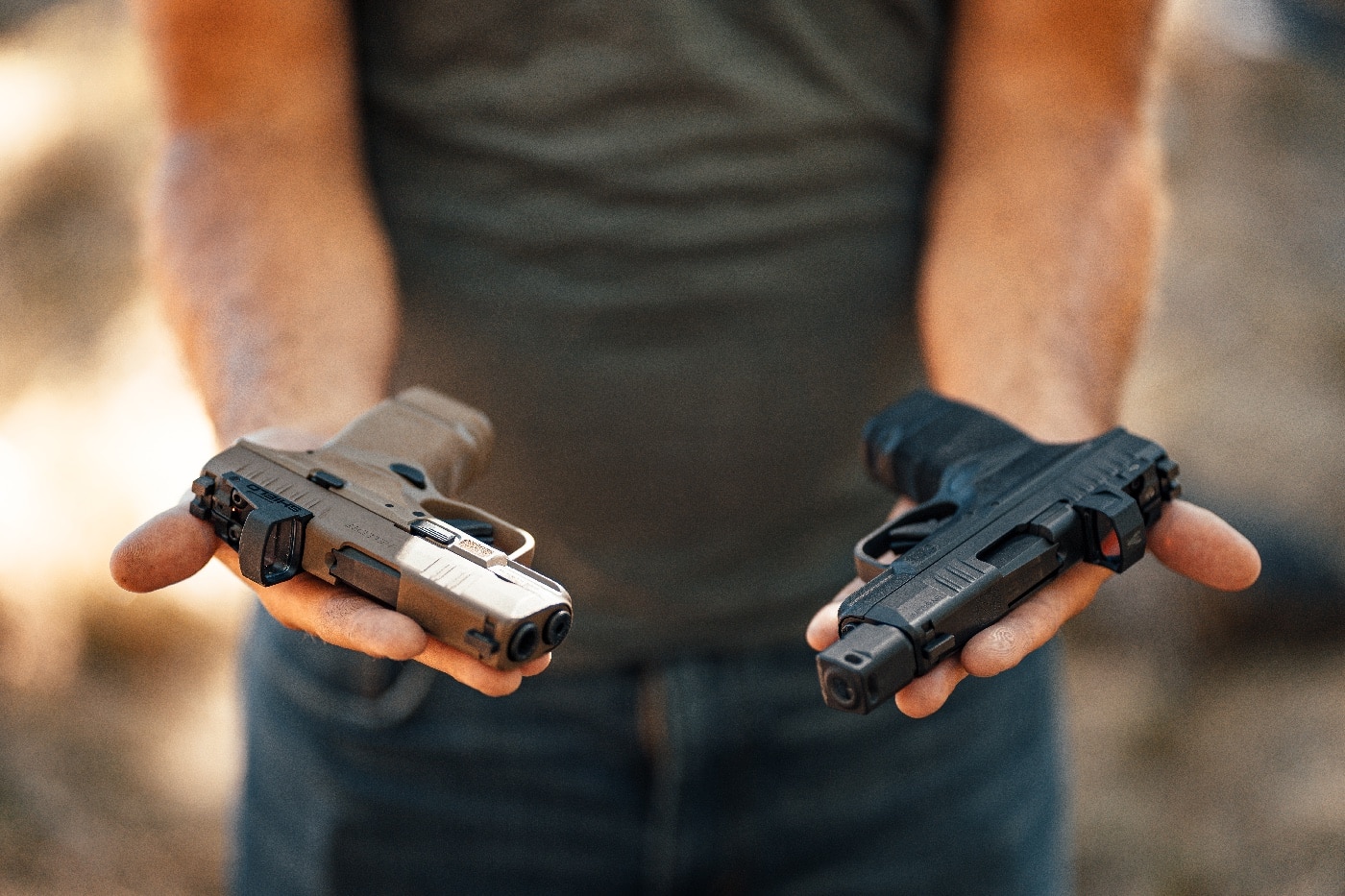

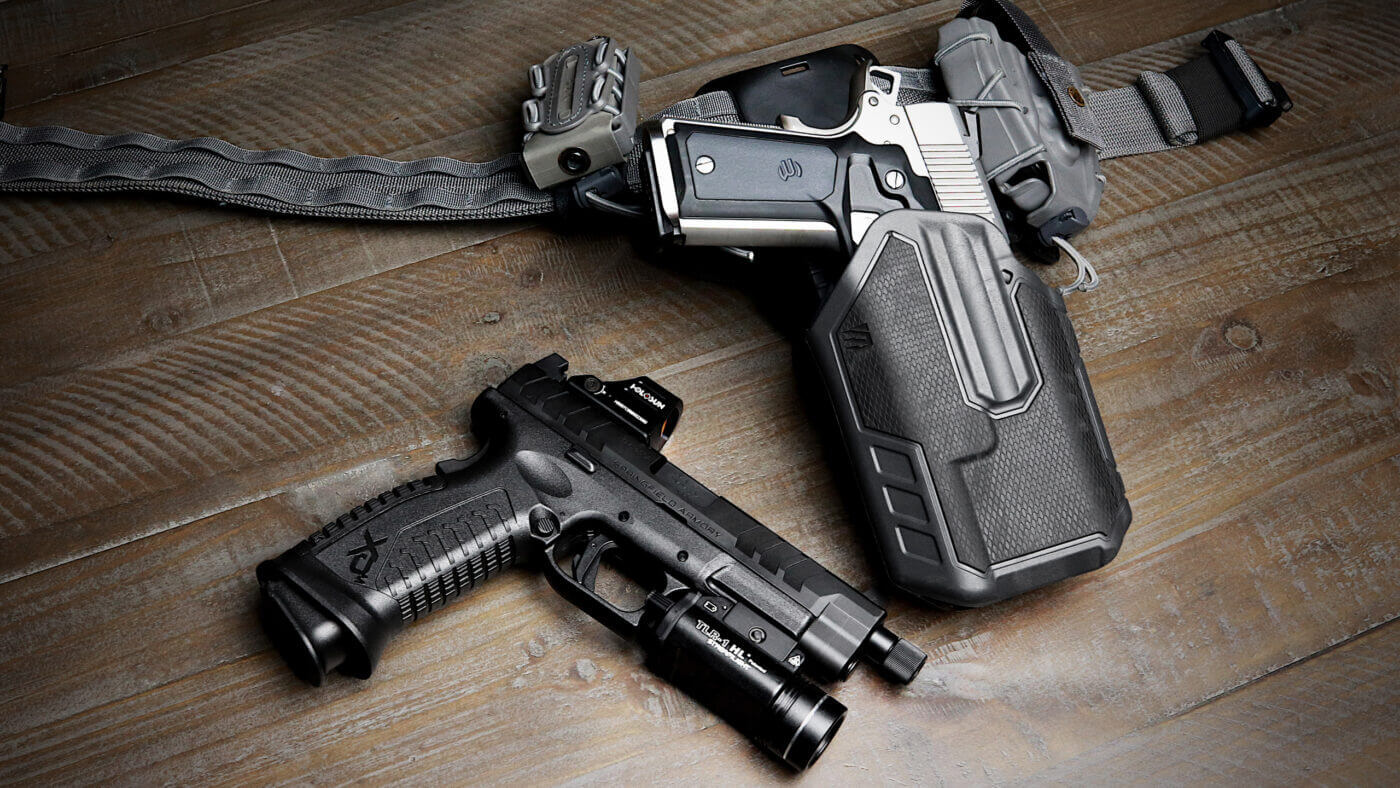
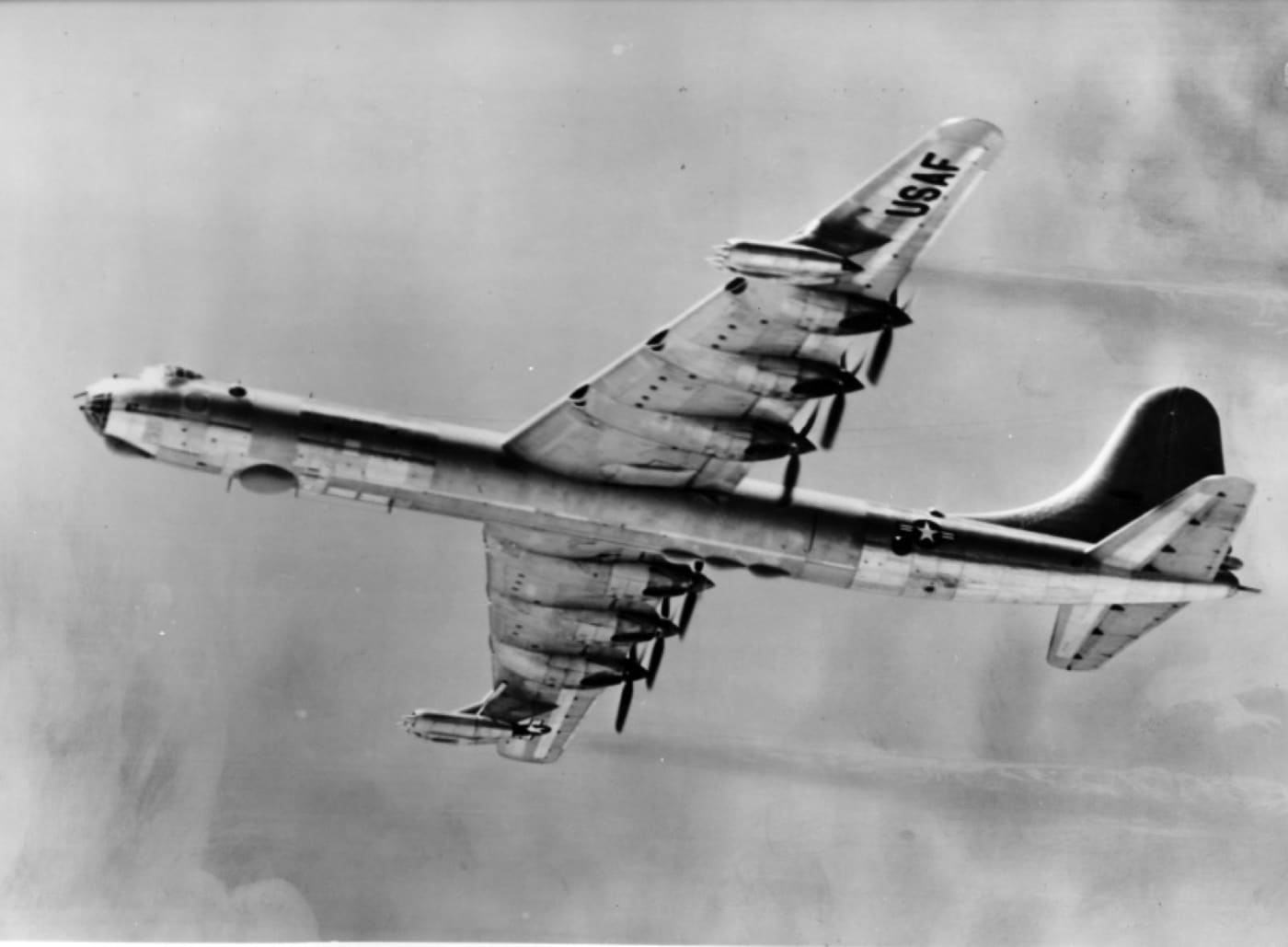
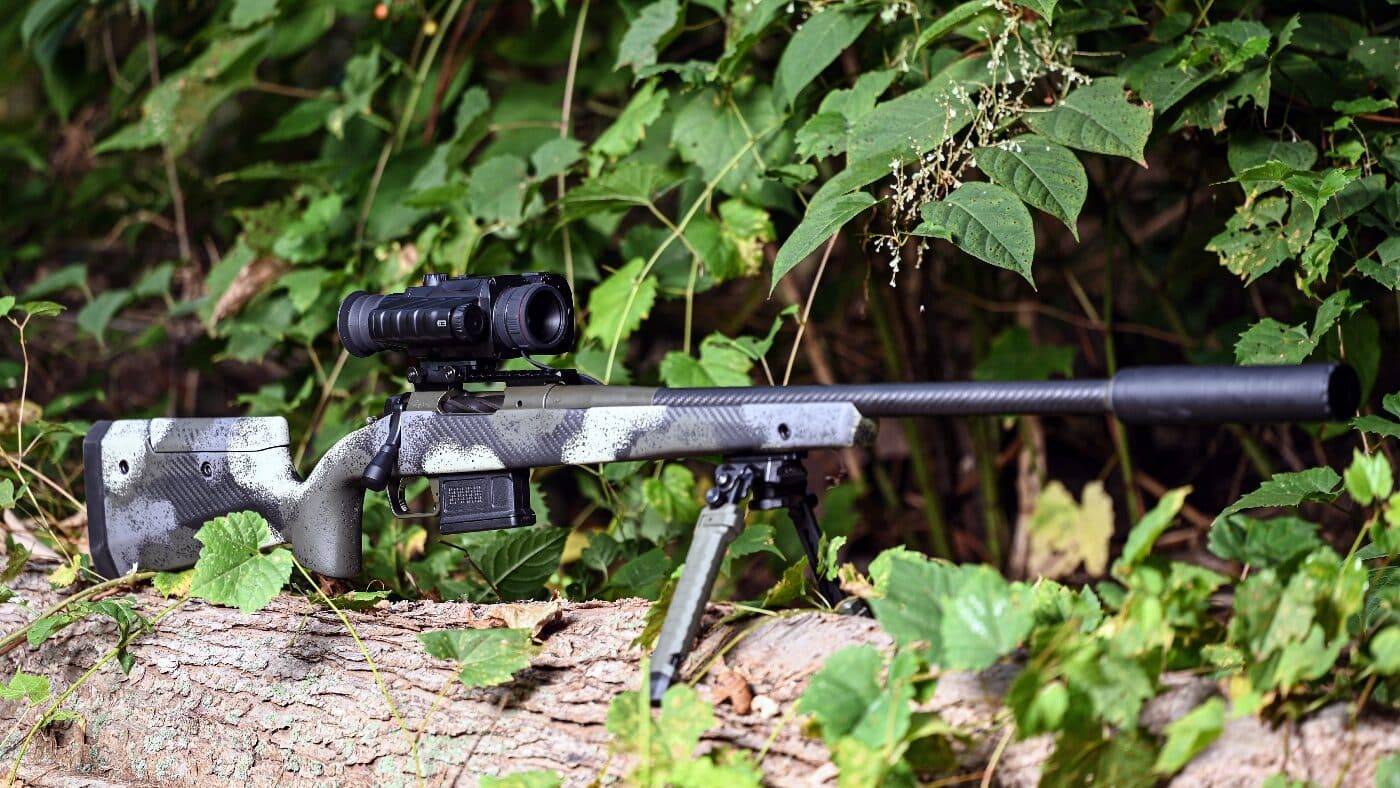
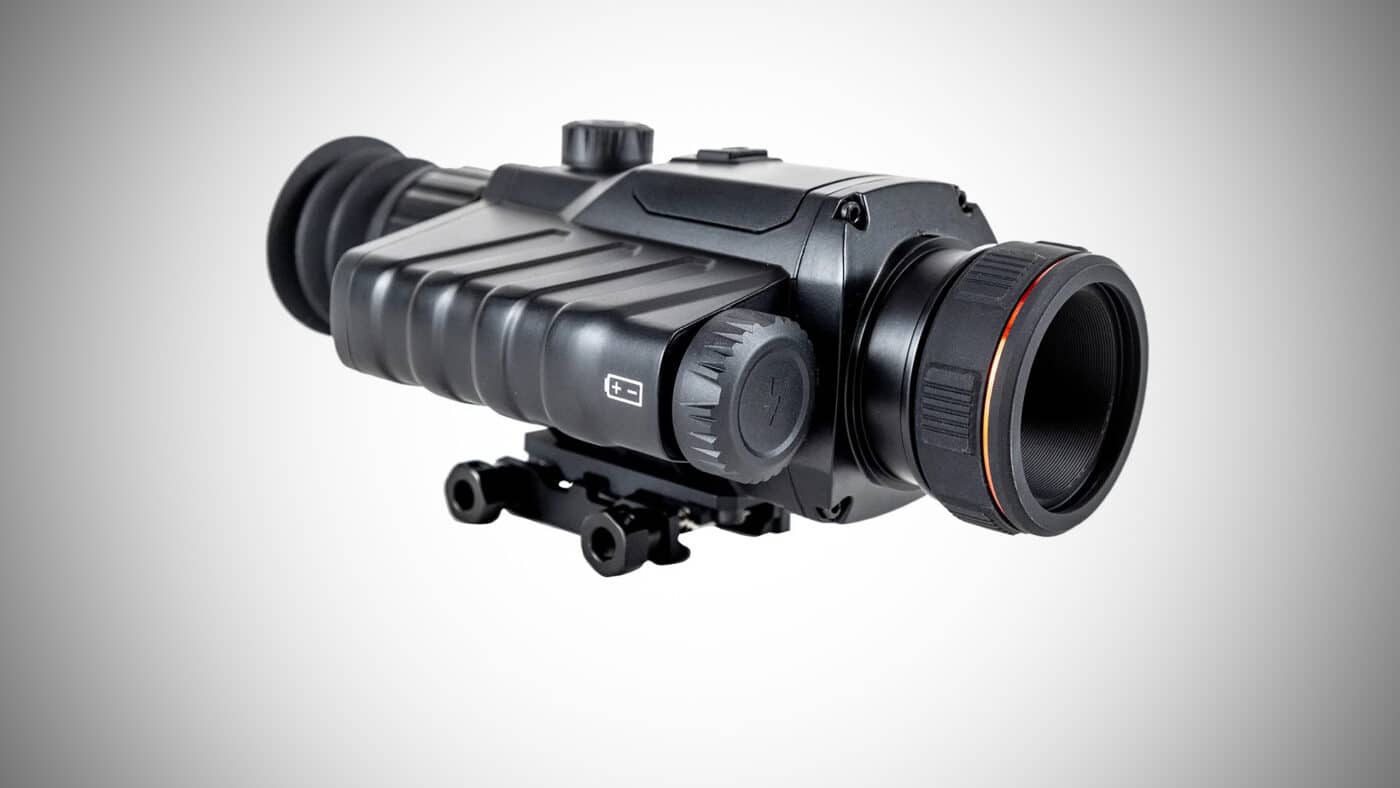
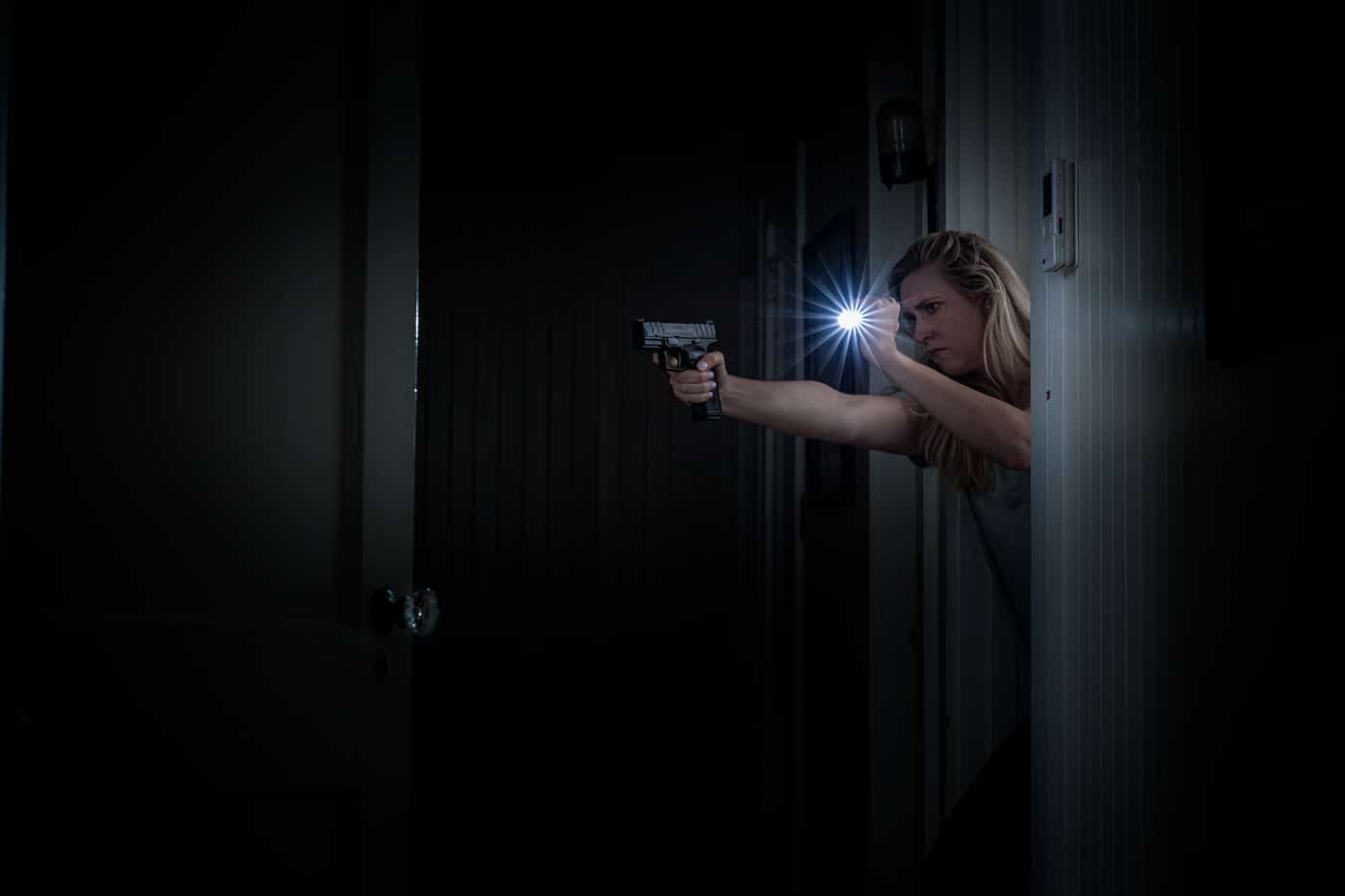
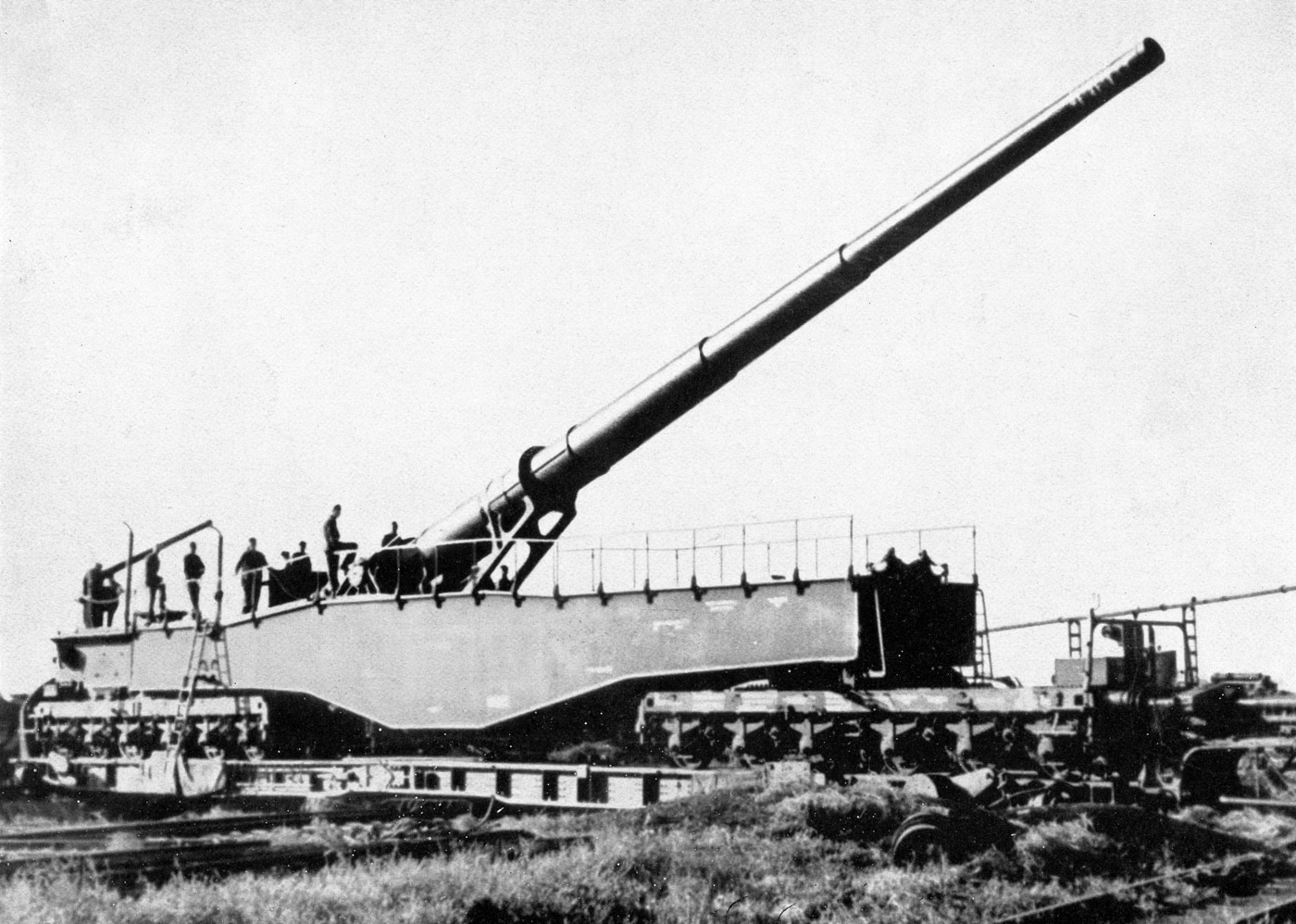
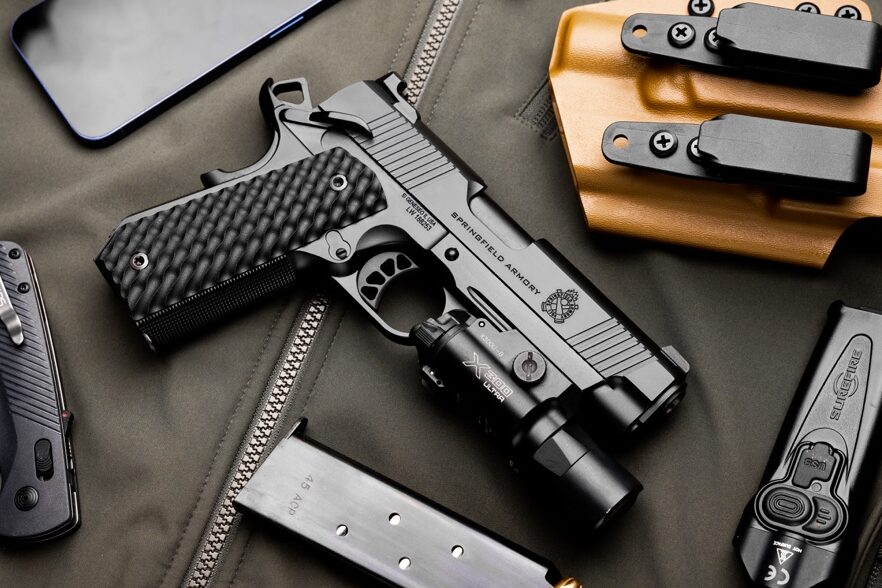
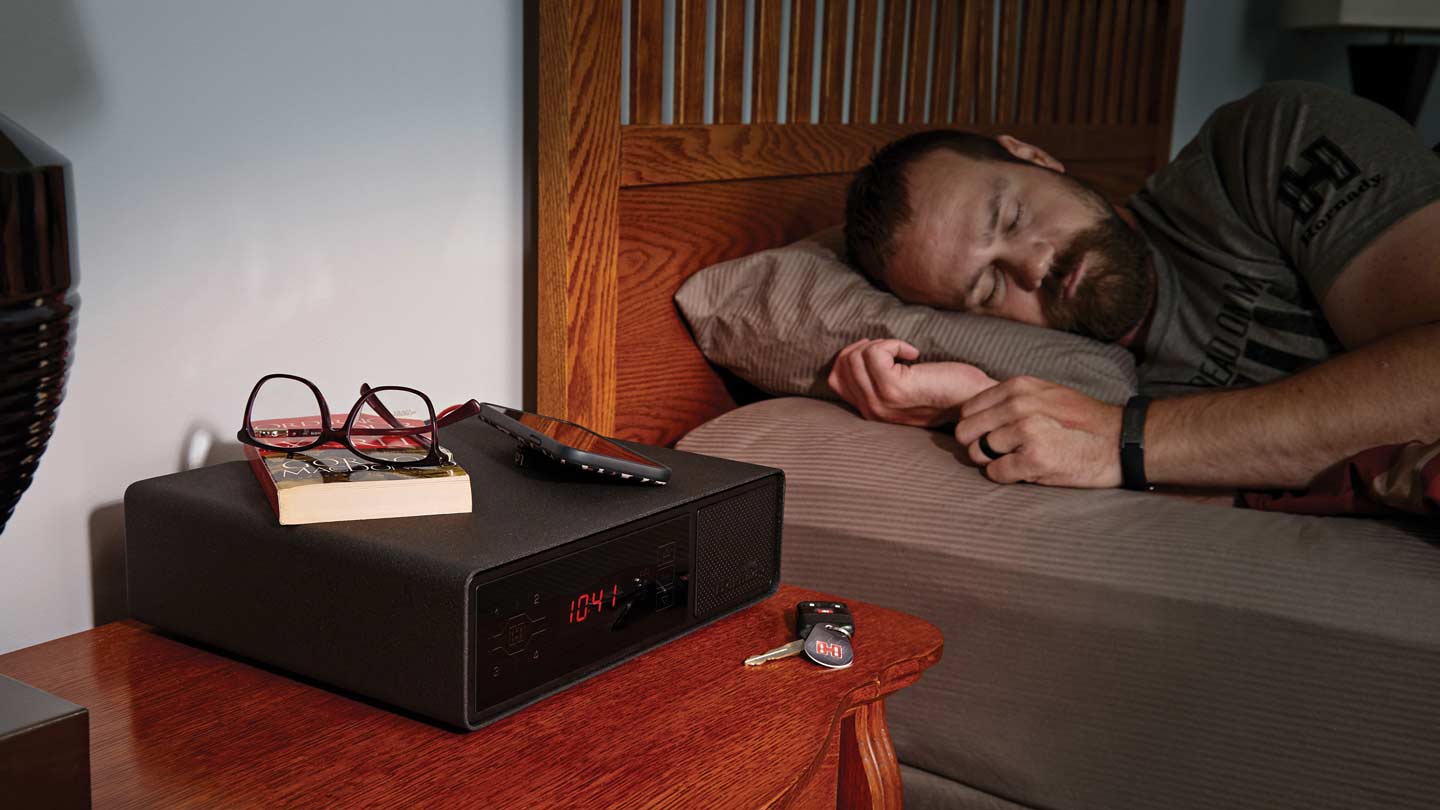
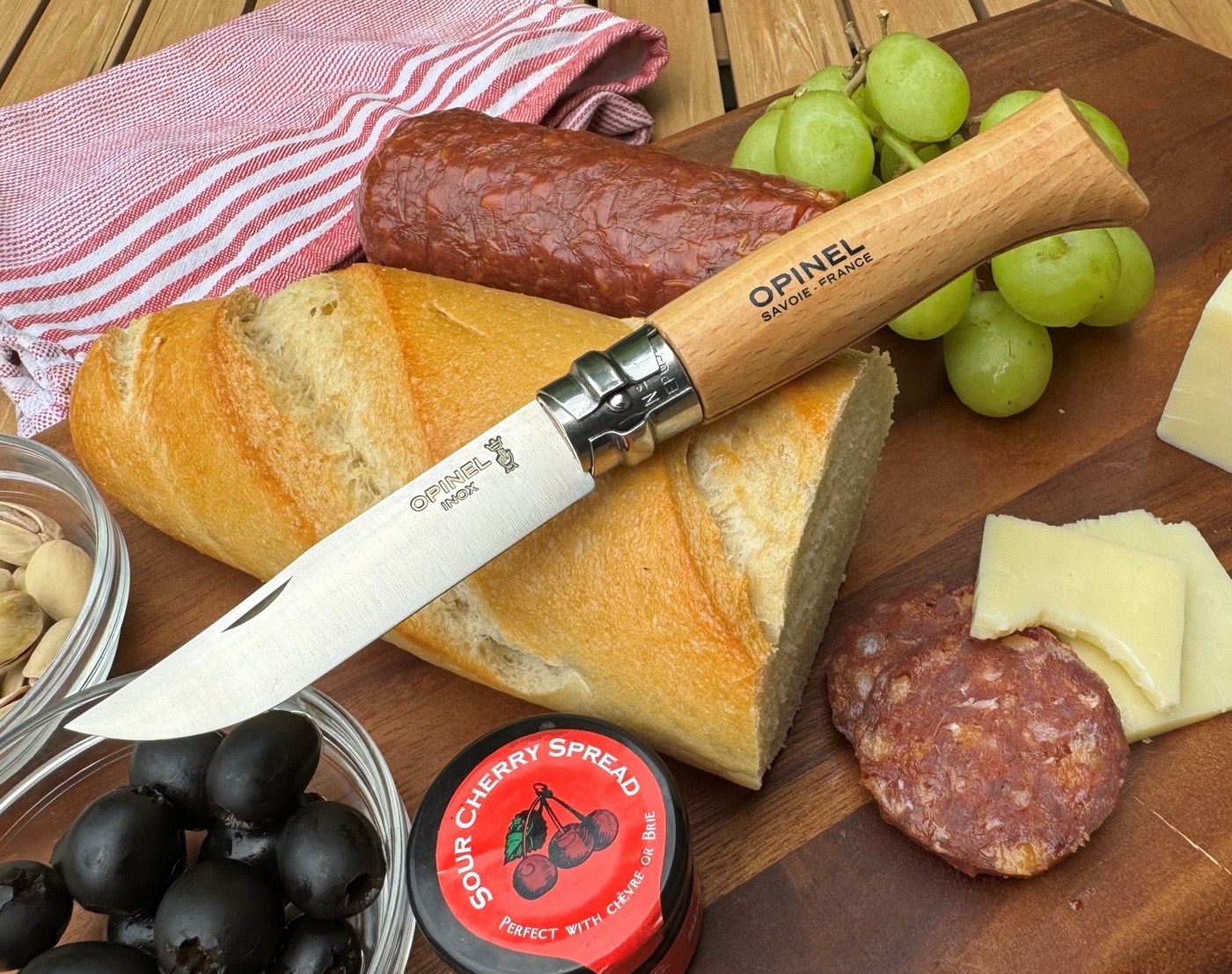
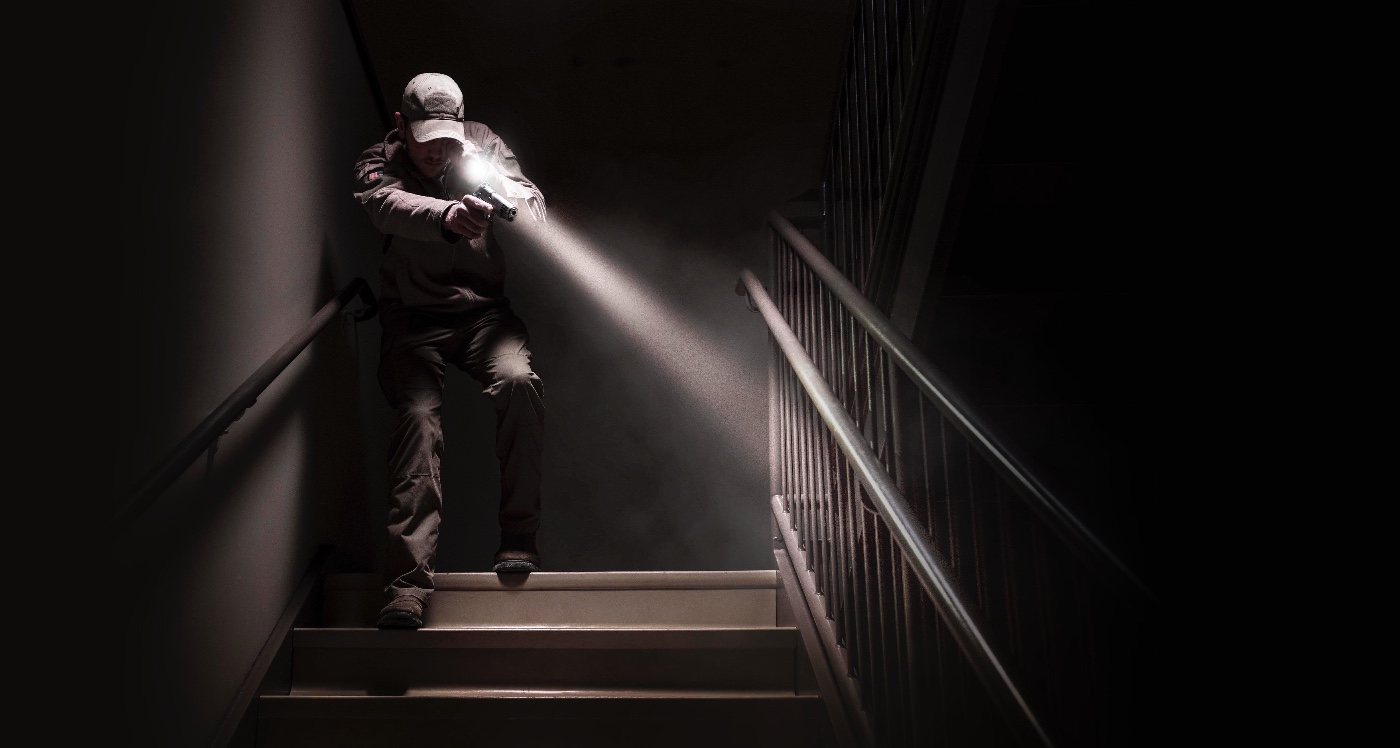
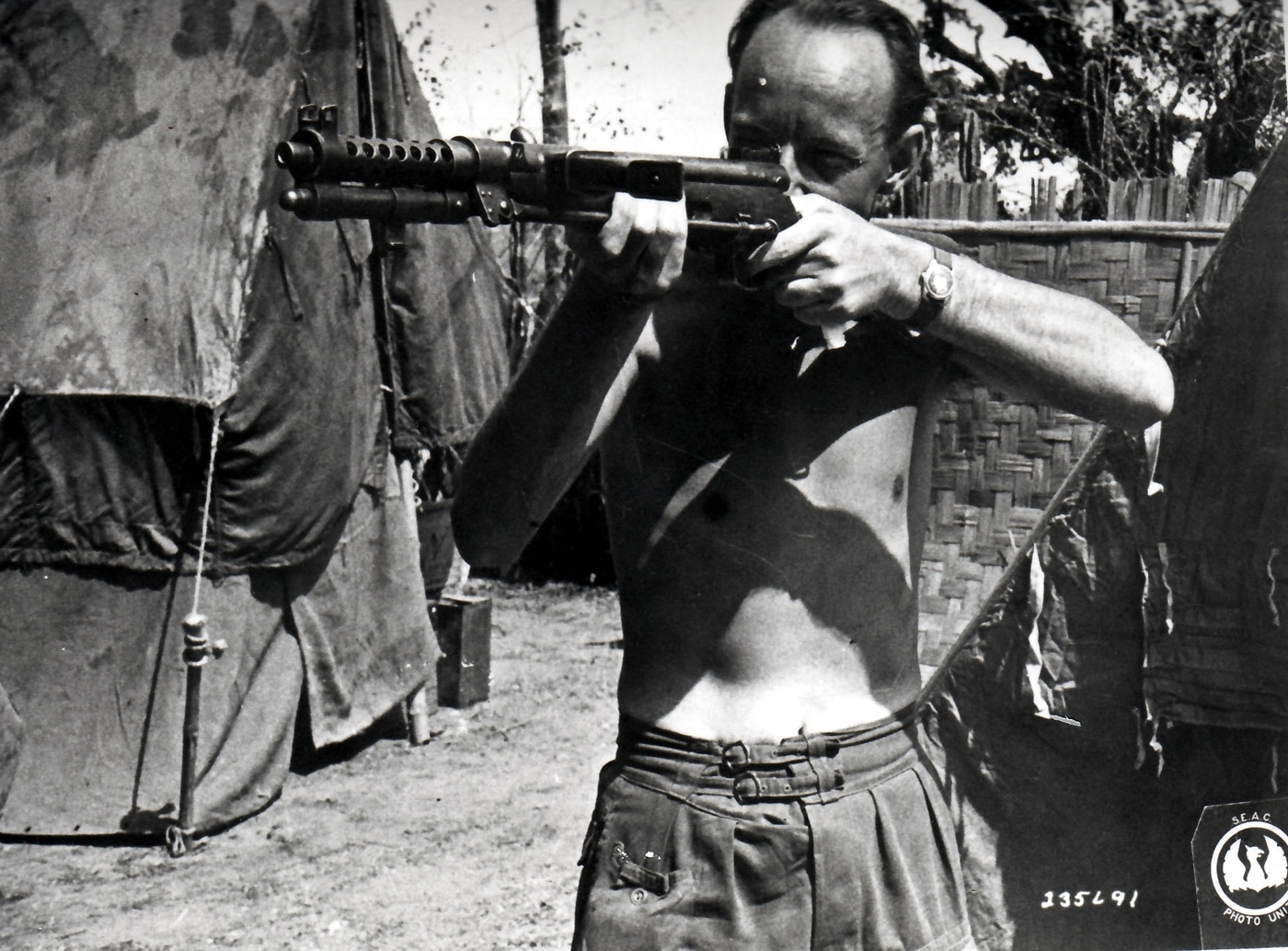
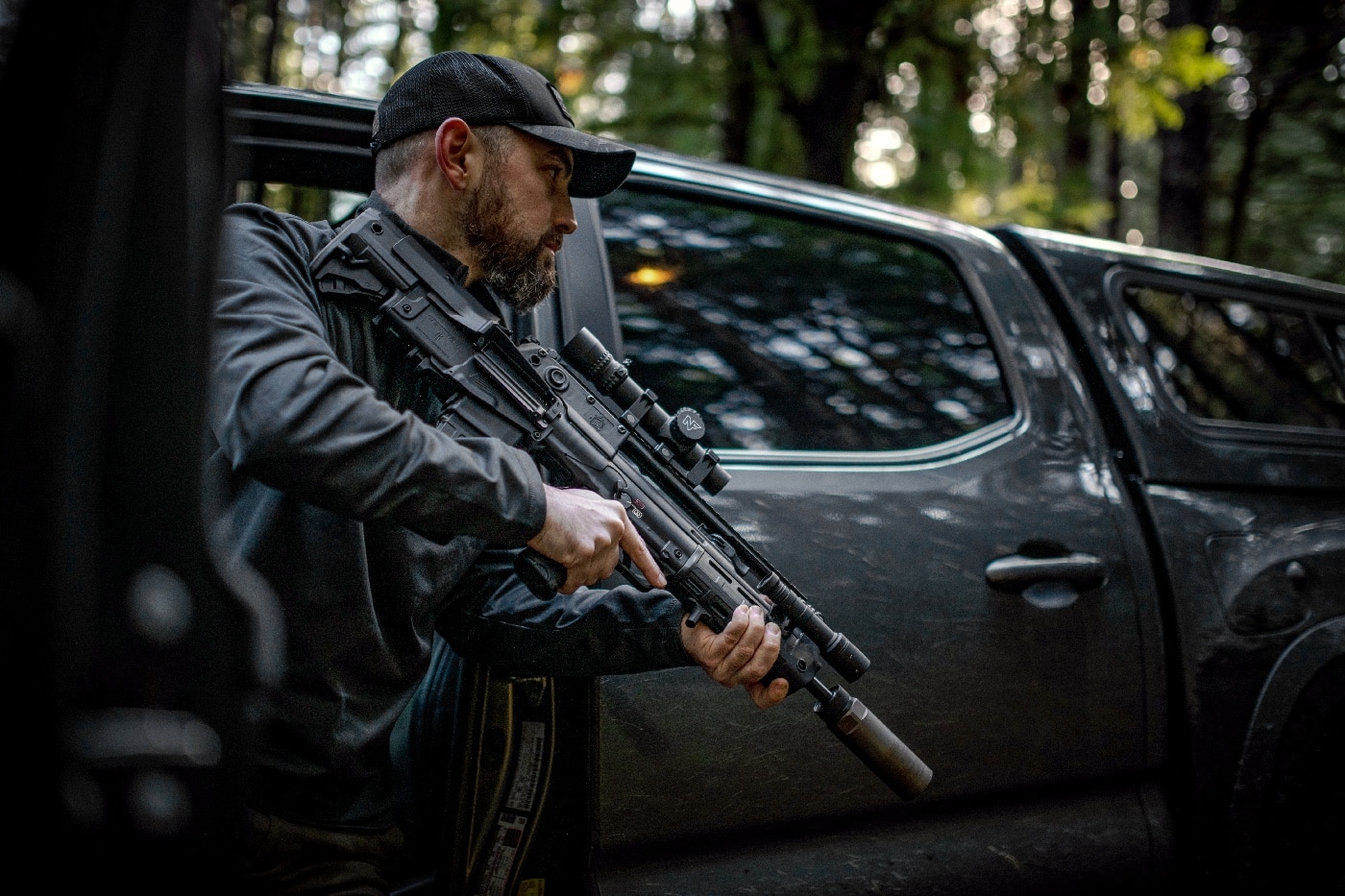
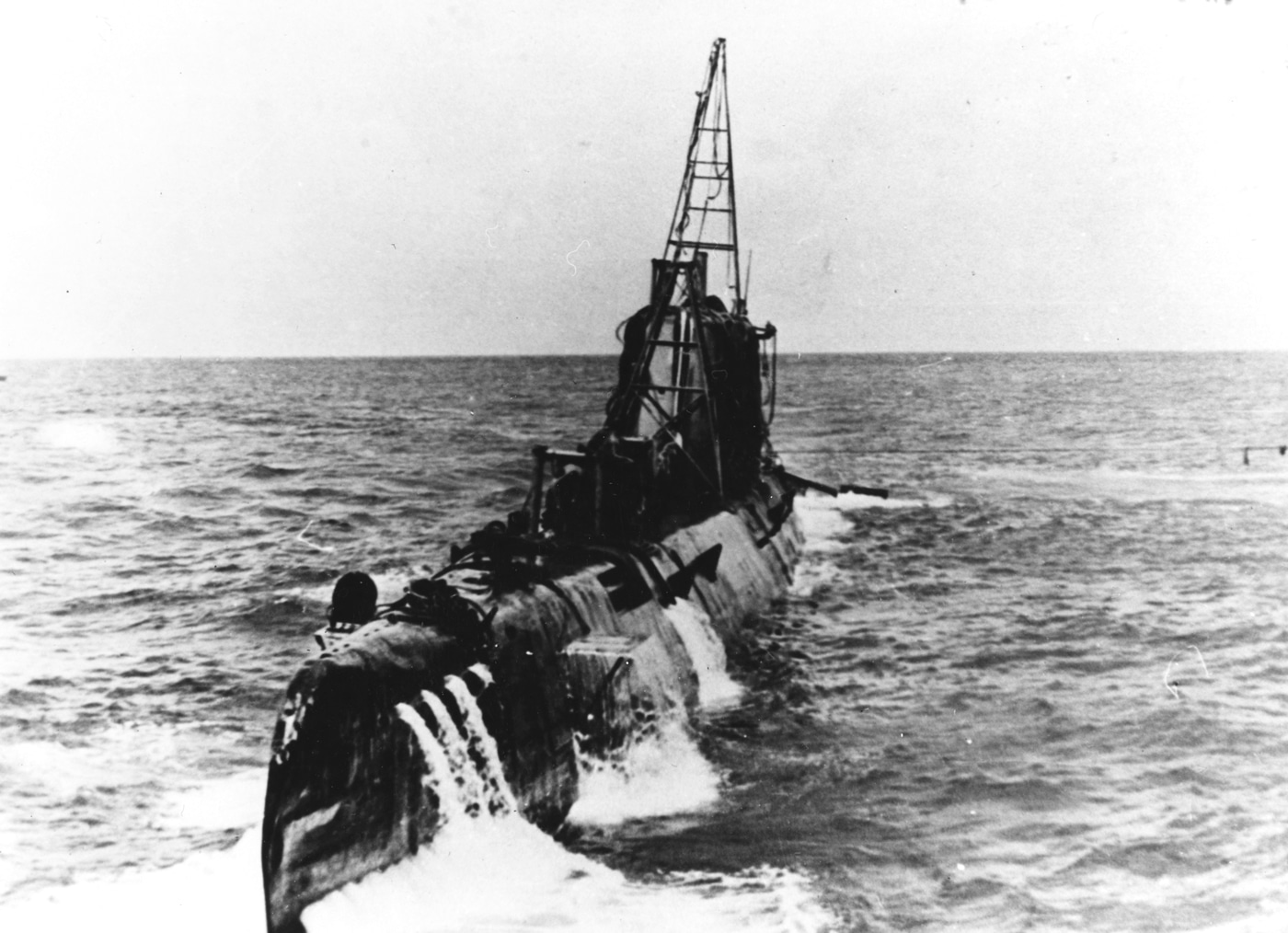
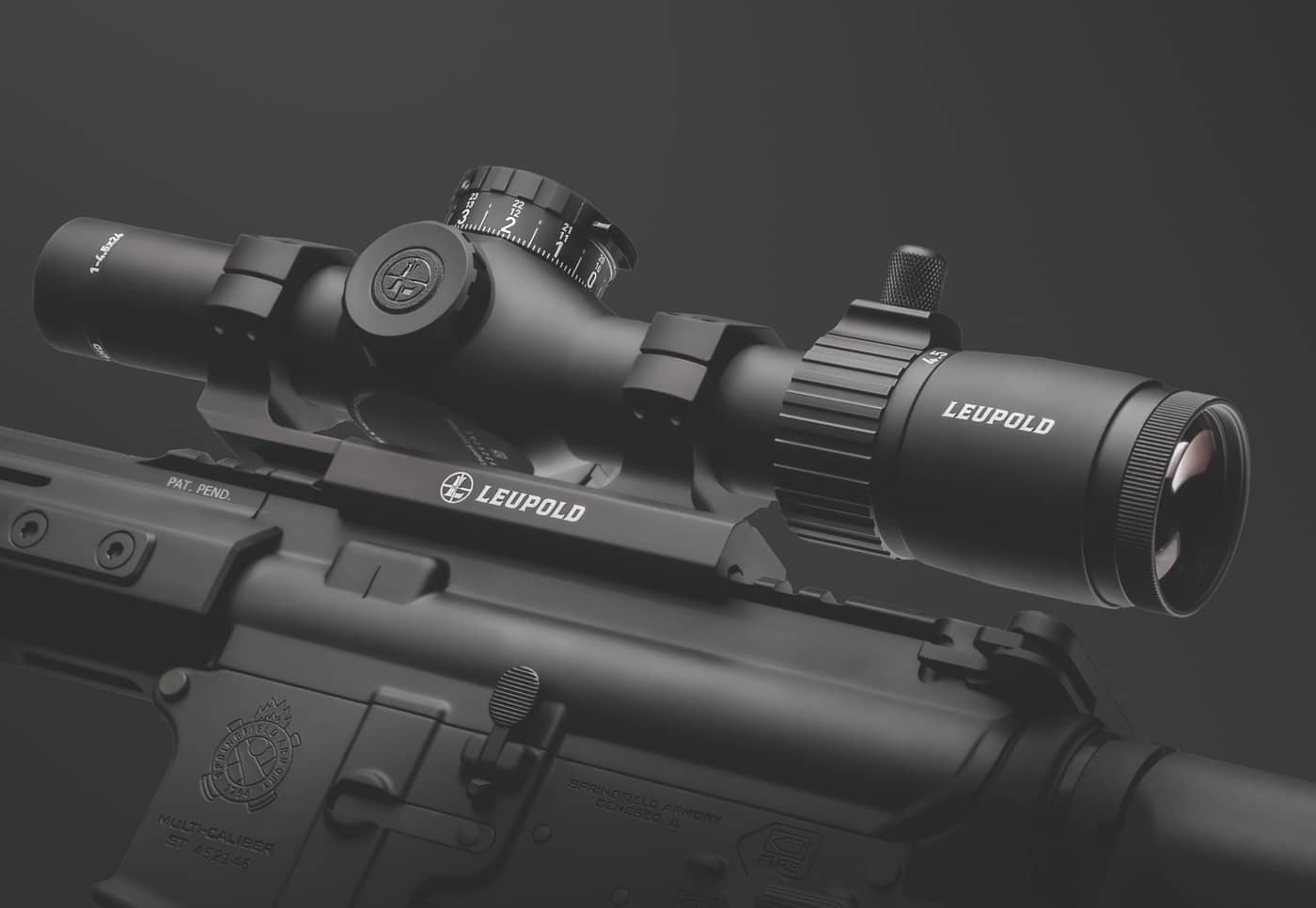
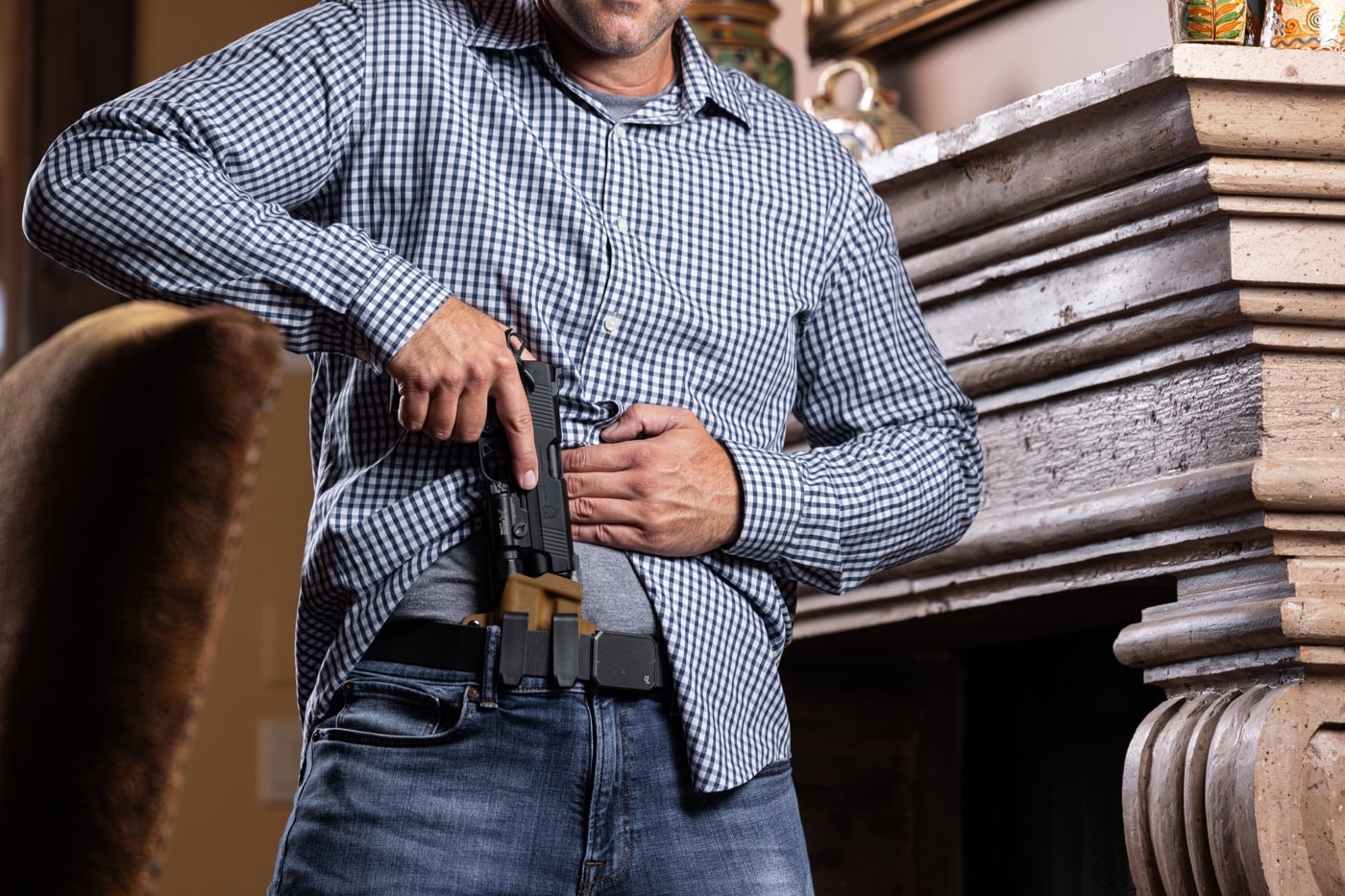
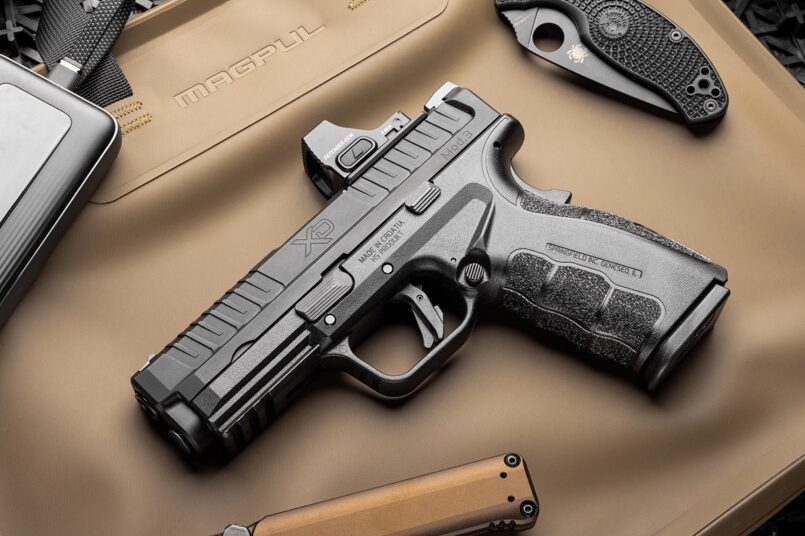 The XD Mod.3 presents notable improvements in its grip frame, sighting system, and magazine features. The grip exhibits aggressive texturing and an undercut trigger guard for improved handling. Steel sights include a fiber optic front and a high-visibility rear, perfect for rapid acquisition. Enhancements in the XD Mod.3's design stand out as it includes a memory bump on the grip safety, improving shooting grip engagement.
The XD Mod.3 presents notable improvements in its grip frame, sighting system, and magazine features. The grip exhibits aggressive texturing and an undercut trigger guard for improved handling. Steel sights include a fiber optic front and a high-visibility rear, perfect for rapid acquisition. Enhancements in the XD Mod.3's design stand out as it includes a memory bump on the grip safety, improving shooting grip engagement.